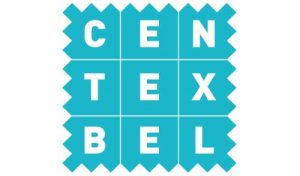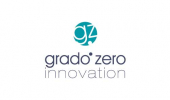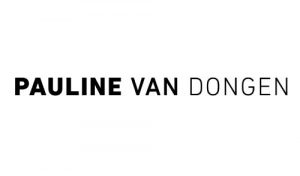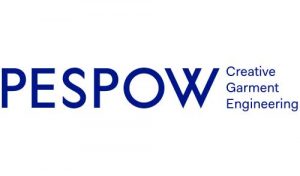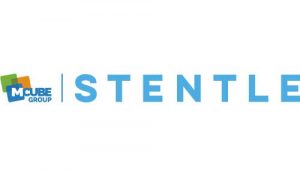THE CHALLENGES
OF CONSORTIUM PARTNERS
FASHION-TECH RESIDENCY
In the residency programme, 25 participating students will be embedded in Fashion-Tech companies to acquire practical skills through a mentorship scheme. During this experience, they will be able to develop novel Fashion-Tech product/service prototypes. Students will then present a portfolio that will be evaluated by a jointed commission. The co-creation experience resulting from this task will be formalised into a transferable model of company and students interactions, from idea conception to product prototype development.

PARTICIPANTS

5
Higher Educational
Institutions

7
Small, medium and
big companies

25
Selected students
CALL FOR FASHION-TECH RESIDENCY
All five Higher Education Institutes that are involved in the Fashion-Tech alliance program are setting up a competition to select students for the Fashion-Tech Residency. Although each HEI has different guidelines, they are all following the process shown below. Recurrent calls for the Fashion-Tech Residency will be launched by every HEI.
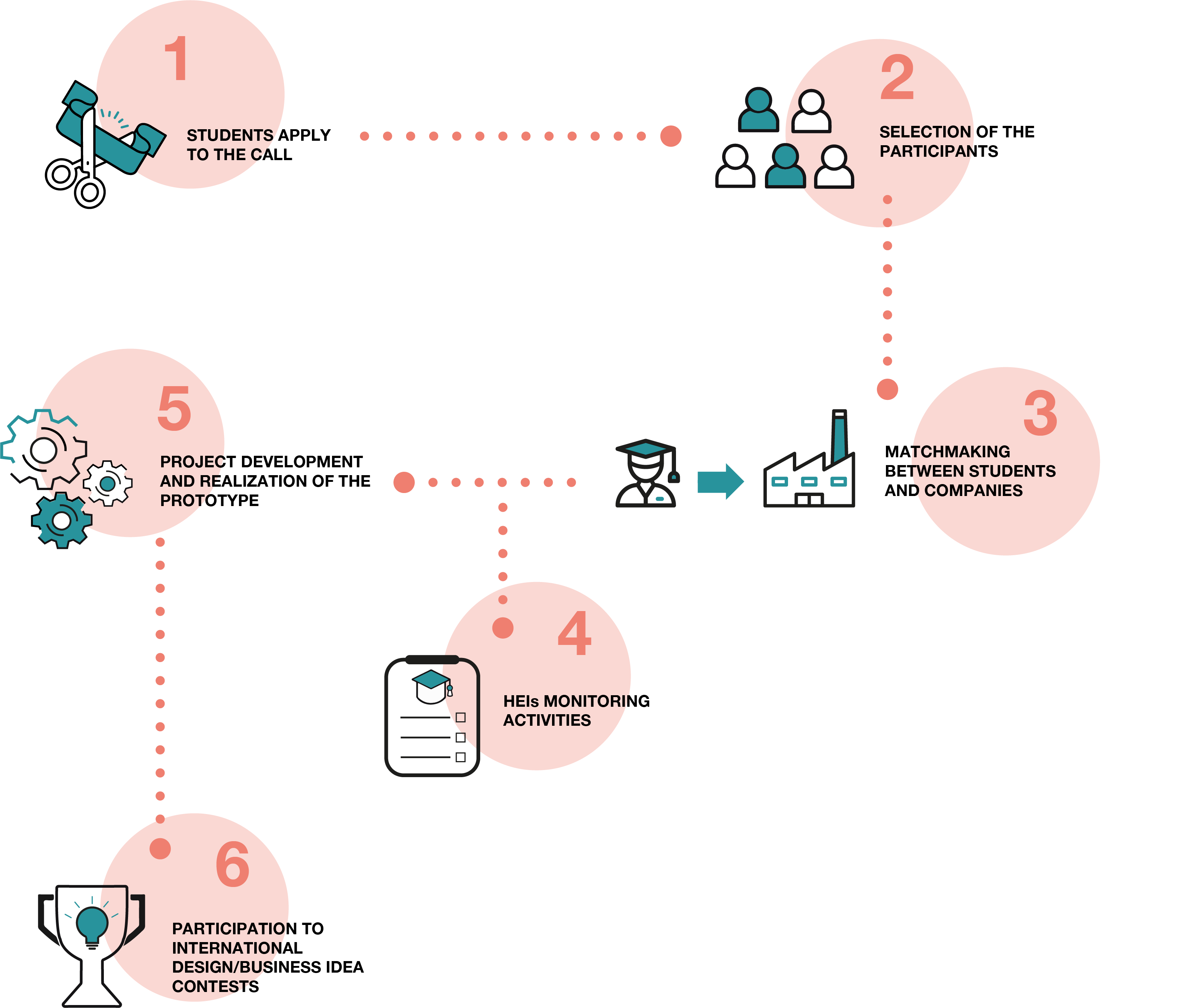
SELECTION PROCESS:
This section will provide information related to
the selection process for each HEIs' calls, highlighting:
- How to apply
- Deadlines
- Selection process
- EVALUATION
- THE JURY
| HEI | TIMING | GUIDELINES | JURY | INVOLVED COMPANIES |
| ESTIA | Open Call: 8 December 2021 Submission deadline: 21 January 2022 Winner Announcement: 28 January 2022 Residency Start date: 31 January 2022 Residency End date: 1 April 2022 |
 ESTIA_GUIDELINES |
 ESTIA JURY (tbc) |
|
| POLITECNICO DI MILANO |
Open Call: 1 December 2021 Submission deadline: 14 January 2022 Winner Announcement: 21 January 2022 Residency Start date: 14 February 2022 Residency End date: 30 June 2022 |
 POLIMI GUIDELINES |
 POLIMI JURY |
|
| TU DELFT | Open Call: 30 November 2021 Submission deadline: 10 January 2022 Winner Announcement: 17 January 2022 Residency Start date: 1 February 2022 - 1st April 2022 Residency End date: 30 June 2022 |
 TUD GUIDELINES |
 TUD JURY (tbc) |
|
| UAL - LONDON COLLEGE OF FASHION |
Open Call: 4 January 2022 Submission deadline: 21 January 2022 Winner Announcement: 31 January 2022 Residency Start date: tbc Residency End date: tbc |
 UAL-LCF_GUIDELINES |
 UAL-LCF JURY |
|
| UNIVERSITY OF BORÅS | Open Call: 9 November 2021 Submission deadline: 20 December 2021 Winner Announcement: 6 January 2022 Residency Start date: 17 January 2022 Residency End date: 30 May 2022 |
 HB GUIDELINES |
 HB JURY |
|
EXPECTED OUTCOMES
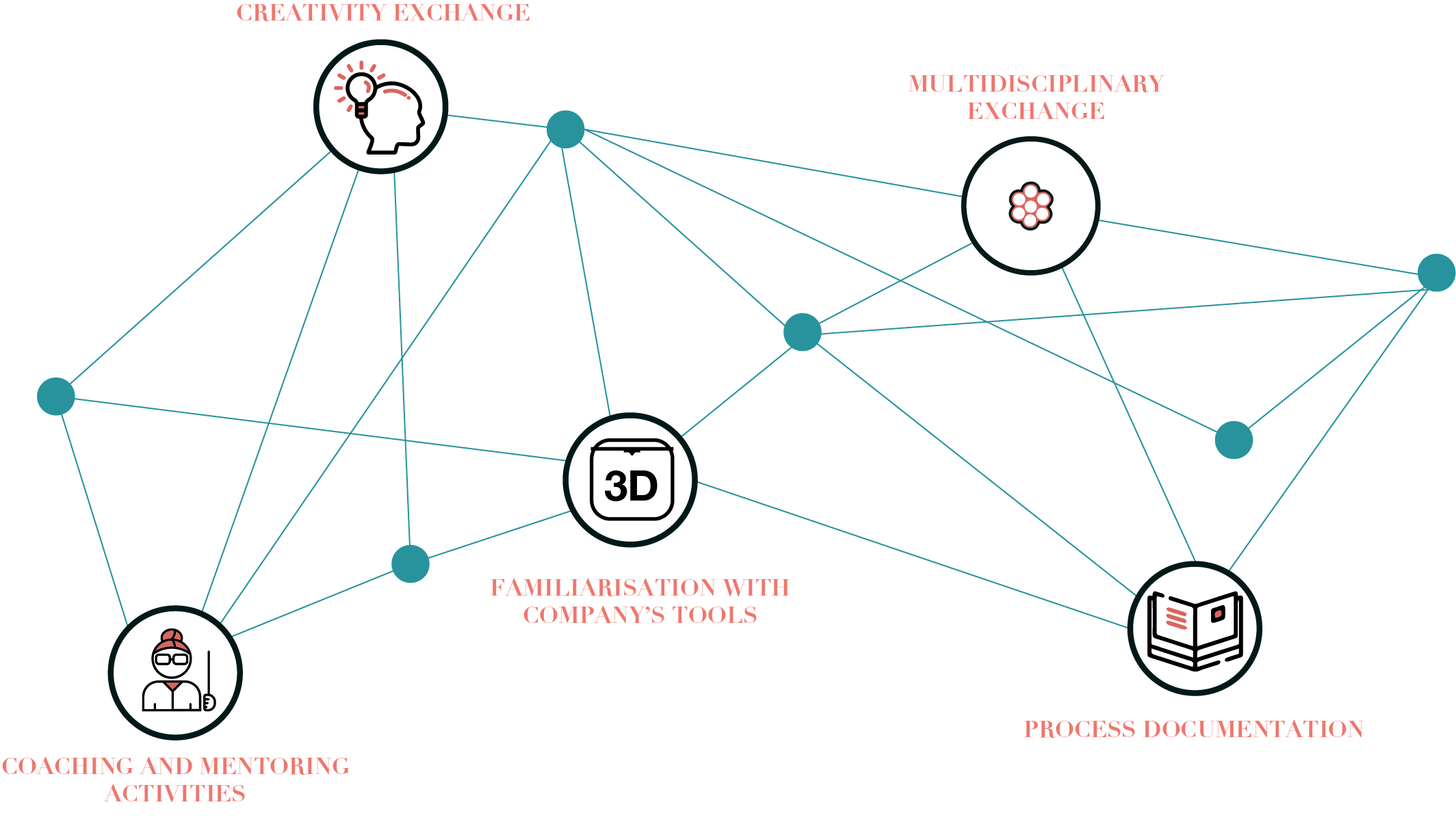
In the residency programme 25 participating students will be embedded in Fashion-Tech companies, to acquire practical skills through a mentorship scheme. During this experience, they will be able to develop novel Fashion-Tech product/service prototypes. Students will then present a portfolio that will be evaluated by a jointed commission.
The co-creation experience resulting from this task will be formalised into a transferable model of company and students interactions, from idea conception to product prototype development.
THE CHALLENGES OF CONSORTIUM PARTNERS
+
+
FULLY BIOBASED BABY CLOTHING BY SCREEN PRINTING
Use of printing for a nice design of clothing (eg baby clothes) using only natural and biobased materials: the substrate can be cotton or PLA, prints can be made based on natural colorants into a PLA or PHA binder
RECYCLABLE CLOTHING: NO ZIPPERS, NO BUTTONS
Recycling of clothing is being made difficult by the presence of all kinds of different materials. Especially zippers, buttons (hard materials) are the reason why a lot of clothing are not being recycled on a fully industrial way. The zipper and buttons need to be cut out manually. This could be solved by using eg 3D printed buttons or other kind of closures.
+
+
THERMAL COMFORT: ACTIVE COOLING OR HEATING (VEST OR JACKET)
On the base of the product (from our portfolio), it can be a cooling system (e.g., F1 vest) or an heating system (e.g., Absolute Frontiers product).
SENSORISED TWIN-SET: CARDIAC MEASUREMENTS IN WORKERS
Embedding in a twin-set comprising an underwear shirt and a vest (to be worn over), ECG sensors. The platform we are using in an on-going parallel project, that is BITalino, allows the connection of additional sensors: sensors and actuators: EEG, EDA, EMG, Accelerometers, Buzzers (audio monitoring), BTN, PRT, LUX (for light), DAC, LED, and a plethora of other sensors and actuators, also by third parties. I personally suggest to focus on max. two typologies of sensors, one would also be better, working on increasing integration (e.g., positioning of the electrodes and the ensuring contact of the electrodes with the skin, on the underwear shirt, could be the main issues to be studied).
+
+
+
SOLAR TEXTILES
We recently started a 2-year research project named “SUNTEX” aimed at developing a solar textile in collaboration with Tentech. This work is an extension of 8 years of experience combining solar technology and textiles. We will be creating a new textile with flexible solar cells woven into it, which will give energy harvesting capabilities to all kinds of textile architecture applications like textile facades and (festival) tents and bring a new aesthetic and material qualities into the realm of solar energy.
See our website and Instagram for more information.
With so-called 'shape changing textiles', or textiles that can actively change shape, we investigate the relationship between people and clothing. Our rational thinking is always intertwined with subjective perception and feeling, and in a world of textiles and clothing, the tactile and sensory are eminently important in shaping our ideas and design directions. This video shows how materials, such as textiles, are full of energy, energy that gives them the tendency to take on patterns, rhythms and changing shapes, giving them a character all their own. What do these new forms of textile mean for the relationship between people and clothing? Does it become more intimate when textiles are a lively participant in this tactile dialogue?
See our video “Pulse” for an example of this direction.
With our work we emphasize the value of the physical, sensory experience of clothing and its nurturing qualities. This direction explores how the tactility of textiles and the possibility for garments to create the sensation of touch through haptic technology can promote people’s wellbeing.
See our projects ISSHO and MYSA for an example of this direction.
+
+
+
3D MODELING FOR SPECIAL COLLECTIONS
3D modeling project for special collections that we are developing regarding circular economy and sustainable projects.
SMART DATABASE FOR THE DIGITALIZATION OF OUR ARCHIVE
The design and implementation of a smart database for the digitalization of our archive (physical products and 2D pattern).
DESIGN AND IMPLEMENT OUR INTERNAL SUSTAINABILITY SYSTEM
The design and implementation of our internal sustainability system starting from the requirements of our Clients.
+
+
+
THE FUTURE ASSISTANT_
Market research and validation, product design and prototype, development and testing of smart tools for the shopping assistant of the future.
SENTIENT ENVIRONMENTS_
Identification and mapping of retail specific data analytics patterns and design of an ideal “Data Collection Store” and its integration system with the digital world. The project should include different analytics methods (such as funnel analysis) to be applied with our clients.
RETAIL OF THE FUTURE KPI’S_
Study on current in-store “phygital” tools, identification of main kpi’s to measure digital retail tools performance, application, and measurement of the identified kpi’s on a real Stentle’s client project.
+
+
+
HOW TO MEASURE ENVIRONMENTAL IMPACT OF NEW BUSINESS MODELS WITHIN THE FASHION INDUSTRY.
HOW TO MEASURE SOCIAL IMPACT OF NEW BUSINESS MODELS WITHIN THE FASHION INDUSTRY.
RHOW TO MEASURE FINANCIAL/GOVERNANCE IMPACT OF NEW BUSINESS MODELS WITHIN THE FASHION INDUSTRY.
THE CHALLENGES OF COMPANIES EXTERNAL TO THE CONSORTIUM
+
+
+
NEW DIGITAL FASHION EXPERIENCES FOR THE METAVERSE
Astra is a blockchain based virtual world for Games, Metacommerce and Virtual events. Backed by Epic Games, the creators of fortnite and unreal engine. We are building a mini metaverse that solves real world problems starting with the gamification of the luxury shopping experience through a concept we invented called “fashion gaming” which is when a player gets a high score from playing and wins luxury fashion in real life. As we raise capital to expand from a fashion game to a mini-metaverse we want to bring on a talented designer, to join the team to research and design new experiences for the metaverse. This could range from new digital fashion that gives players super powers in the game, to new 3D experiences like shopping with your personalised avatar, to virtual events like 3D clubhouse/ Twitter spaces experiences.
A FIRST OF ITS KIND DIGITAL FASHION GAME
Set in a virtual world where you could play to win luxury fashion in real life!
A HYBRID RESIDENCY PROGRAMME
Remote and in-person meetings at the company headquarters in London (UK).
FASHION-TECH RESIDENCY RESULTS
The FTalliance Residency Programme allowed partcipants to acquire practical skills and develop novel fashion-tech
product/service prototypes.

The information and views set out in this publication/web-site/study/report are those of the authors and do not necessarily reflect the official opinion of the European Union. Neither the European Union institutions and bodies nor any person acting on their behalf may be held responsible for the use which may be made of the information contained therein.



